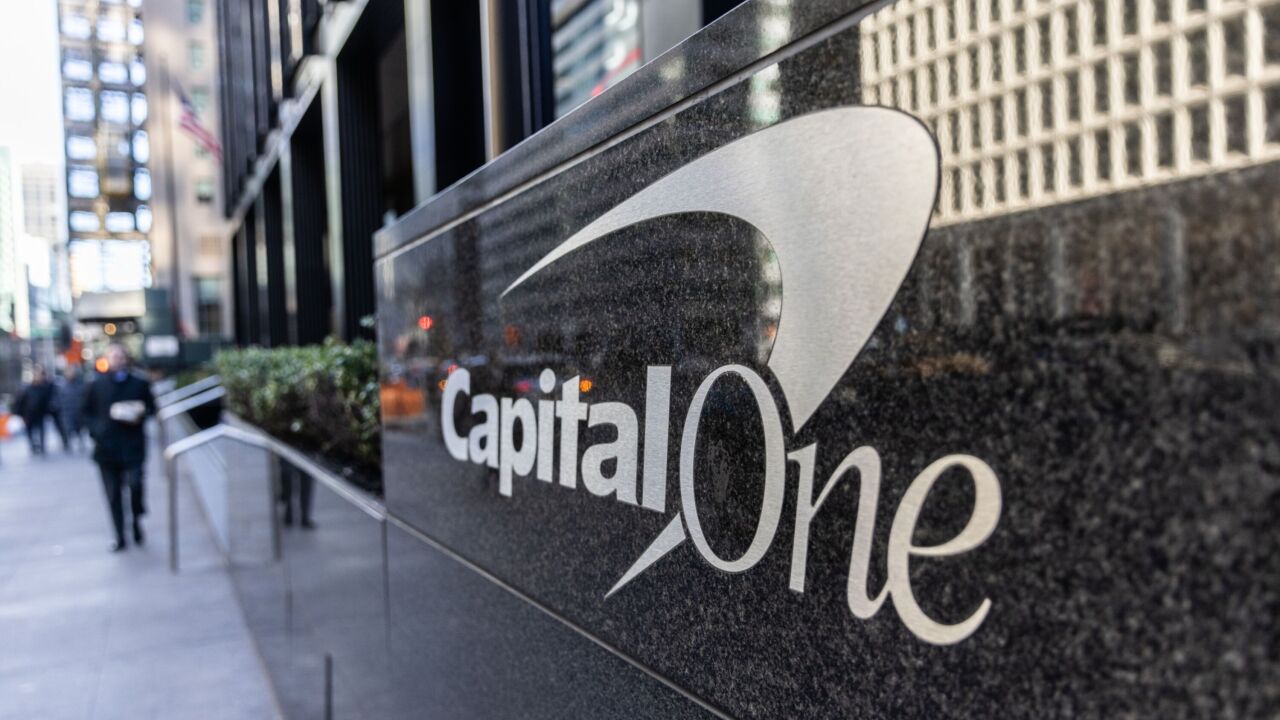Artificial intelligence may help rescue donations from paper's retreat, and give a fintech startup an icebreaker with small banks that haven't embraced automated payments.
The link between check decline and donating is a trend that's already shown up in the U.K., which has shown signs that banks may be attracted to technology that makes donation payments easier.

For example:
One newcomer is Payrailz, which launched in
"We can make giving an afterthought," said Orlando Santos, a vice president at the Glastonbury, Conn.-based Payrailz. "You can do it each time you make a payment—there's an add-on that goes to a nonprofit or an organization."
Most donations have been done by paper check, but as people make less use of checks (and some of the more tech-savvy banks find ways to offer checkless checking accounts), alternatives become necessary.
Payrailz has a digital assistant that presents a consumer with a payment request through a bank's app—a user could be told there's a total of $1,200 due over three monthly bills, but not enough in a checking account. Payrailz can perform the transfer and pay the bill as prompted by the consumer. It has bill pay, P2P, new account funding and payment services for small to medium-sized businesses.
"It's our actionable insight technology at work," said Mickey Goldwasser, another vice president at Payrailz. "You can put that into a savings account or make a donation, and the product can set that up. You can use AI to be smarter about where you put money and the 'permissions' that are built in can make the payment easier."
Payrailz targets smaller banks and credit unions, and connects with the institution's back office to present myriad payments with artificial intelligence to make recommendations to the consumer on an app. The interface presents these recommendations along with a feed that mimics a social media page, showing users where their money is going. An additional feature is a 'Pay Dot' button. The feature can be linked to voice enabled devices or messaging bots for direct payment by demand. The features and potential donation capability are an attempt to make artificial intelligence actionable by tying insights to payment function, such as an automatic or optional donation.
"There is huge promise for AI in banking, and a big uptake already. However, little of it to date has been true AI. It’s been chatbots, robotic process automation, etc.," said Gareth Lodge, a senior analyst at Celent. "The big opportunity for AI in payments could be around experience, whether in authentication or substituting humans in a mobile to mobile environment."





